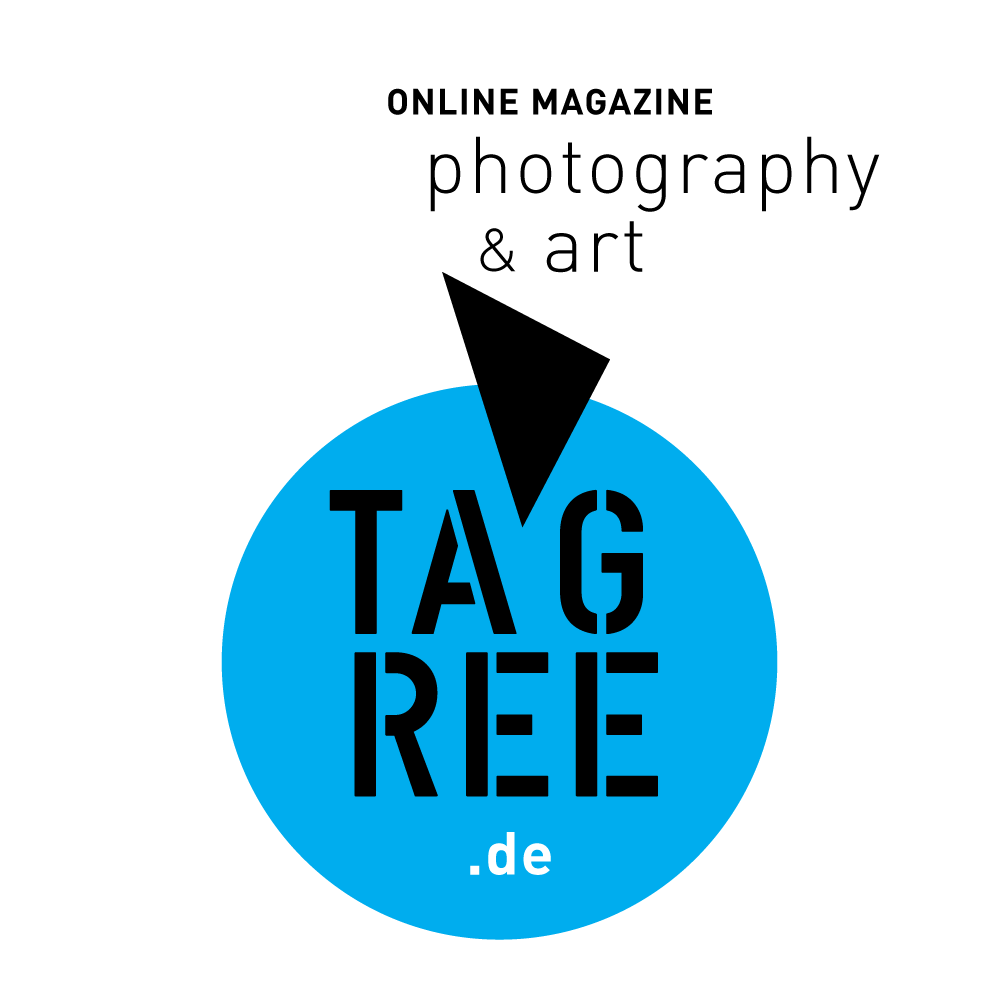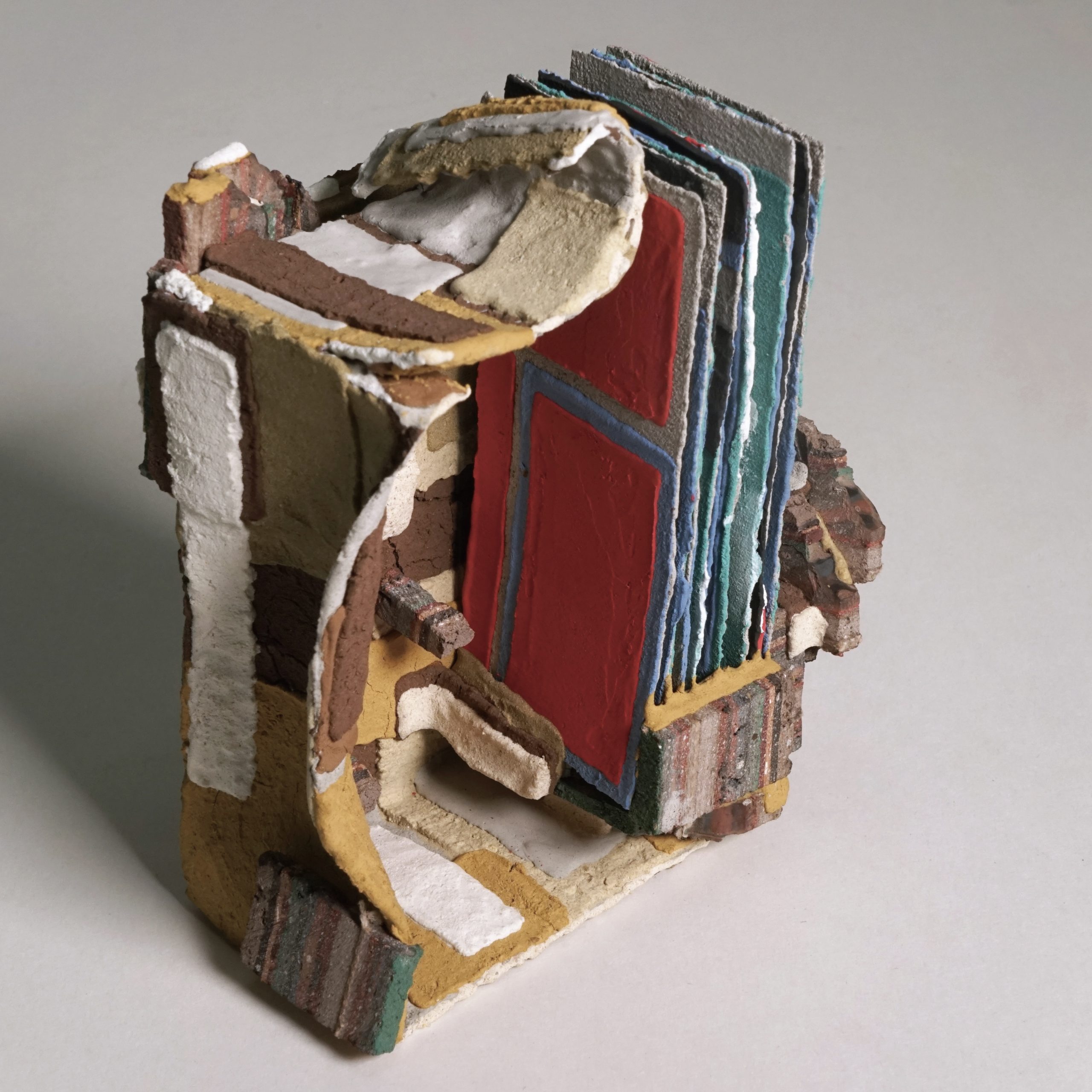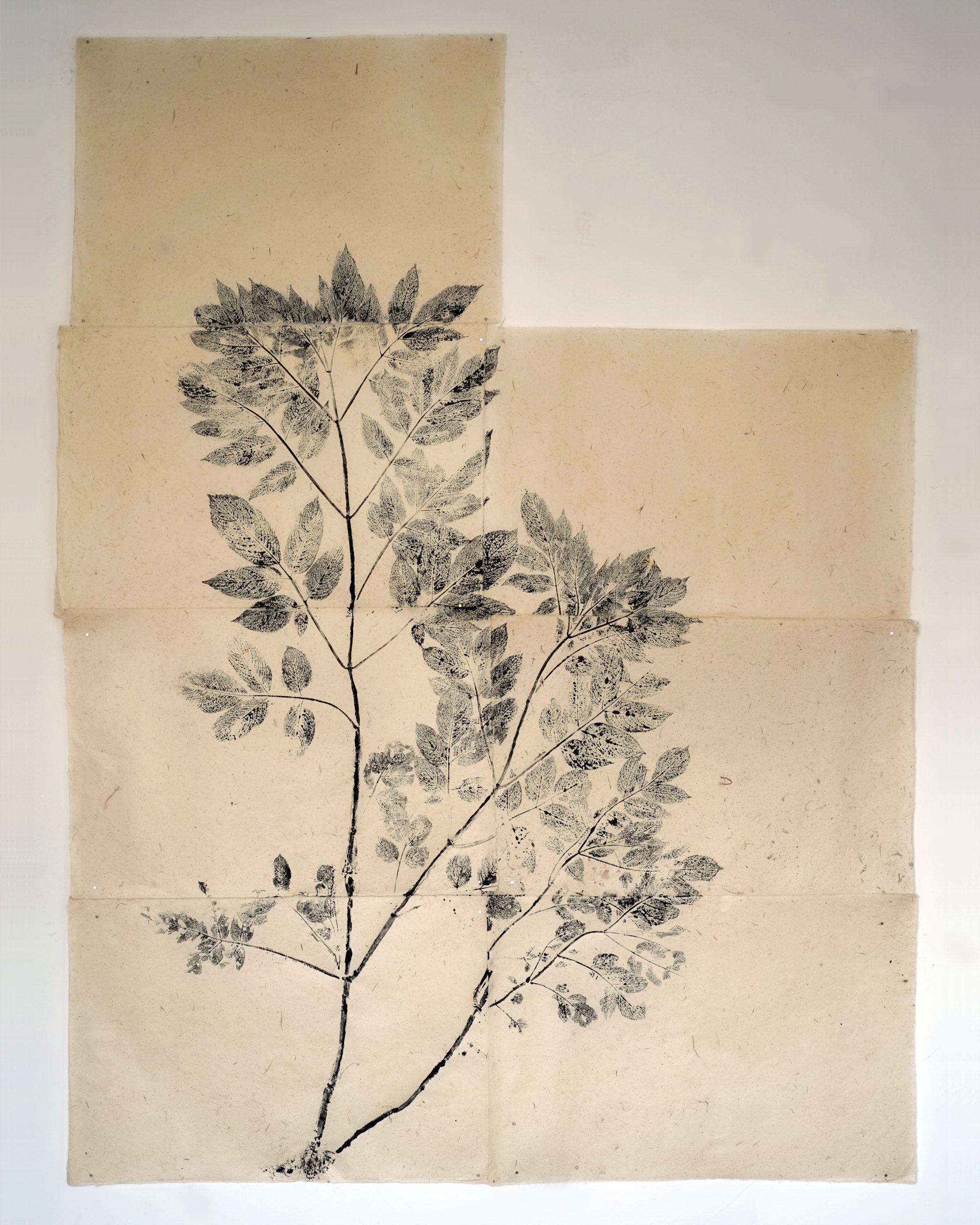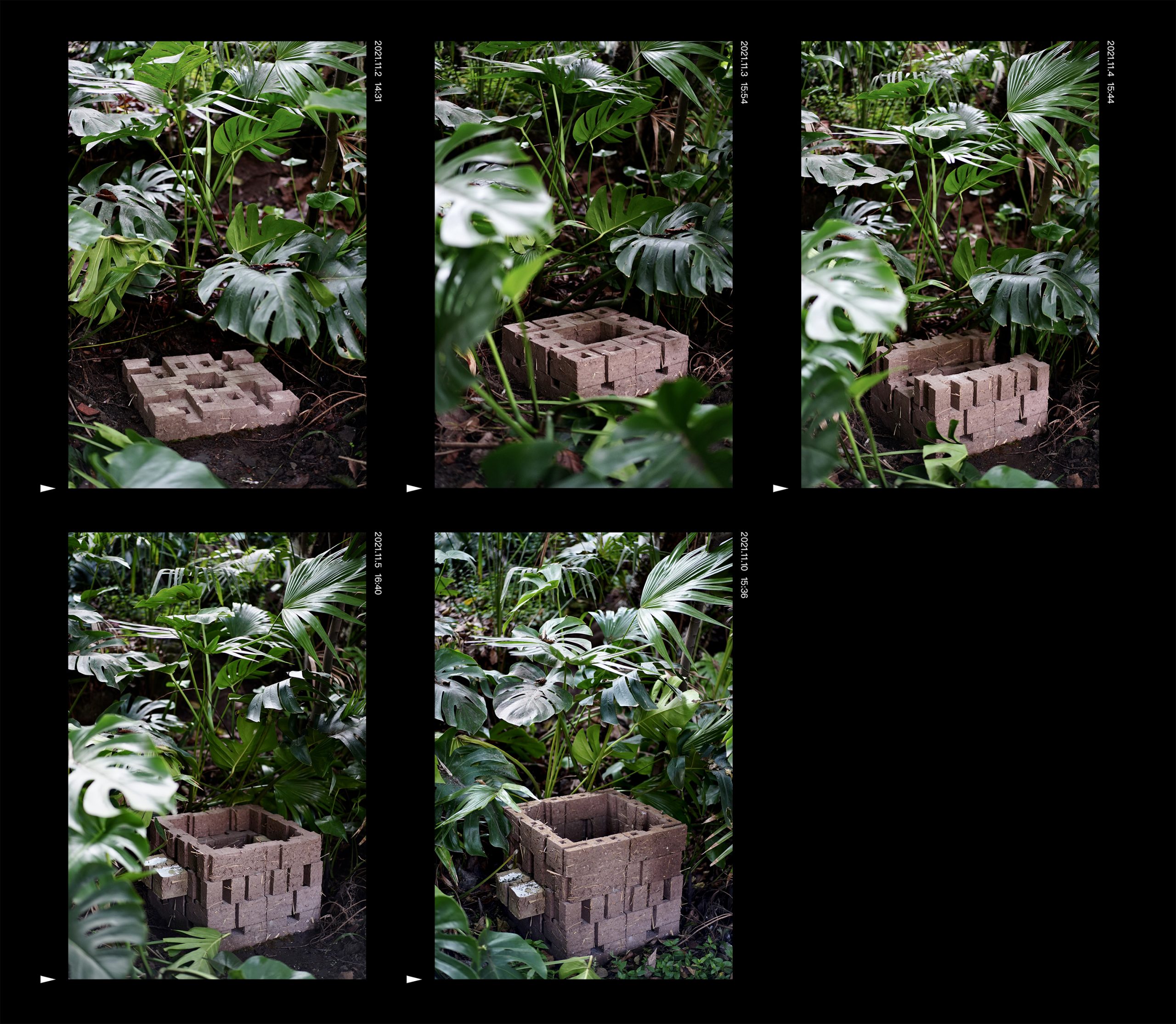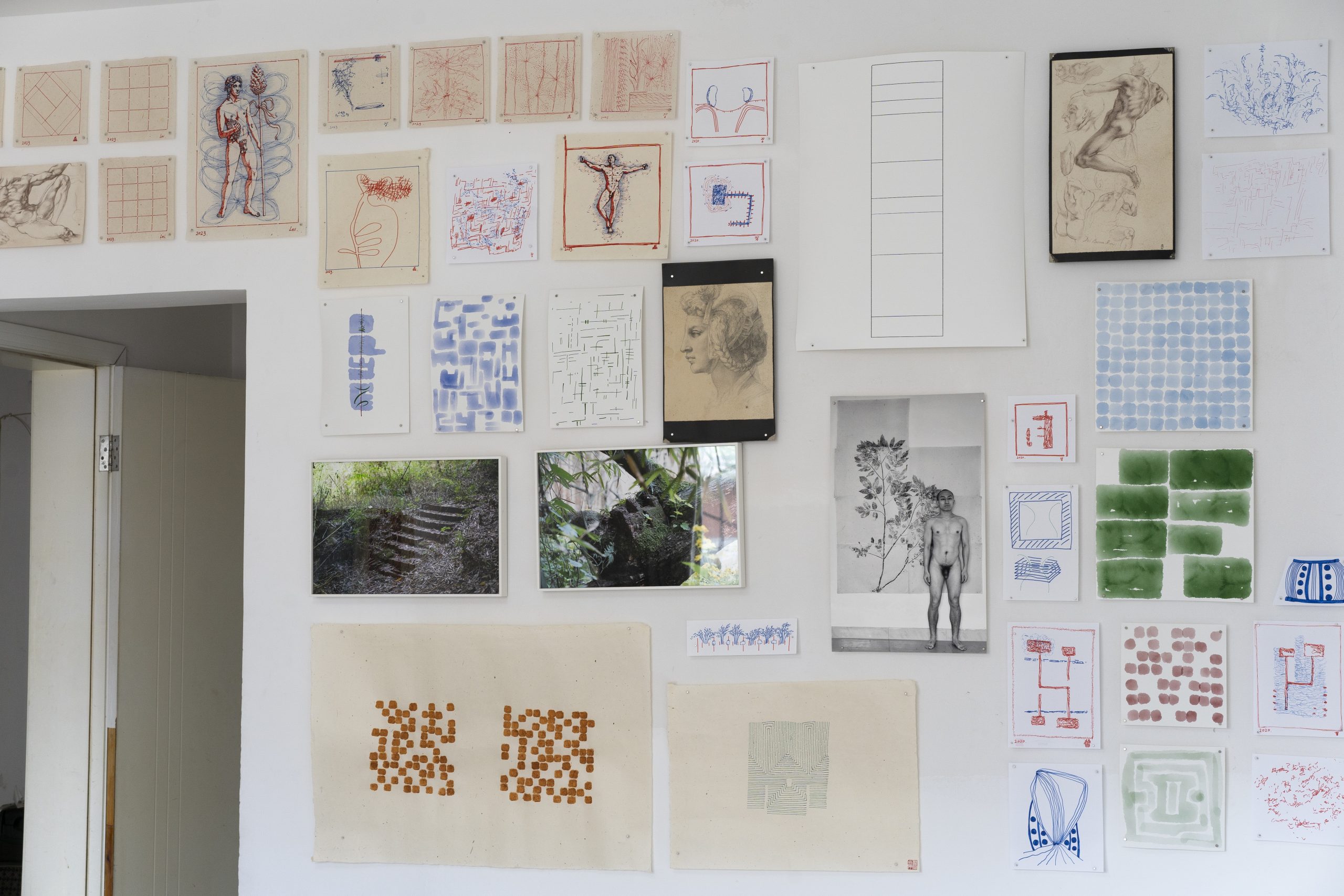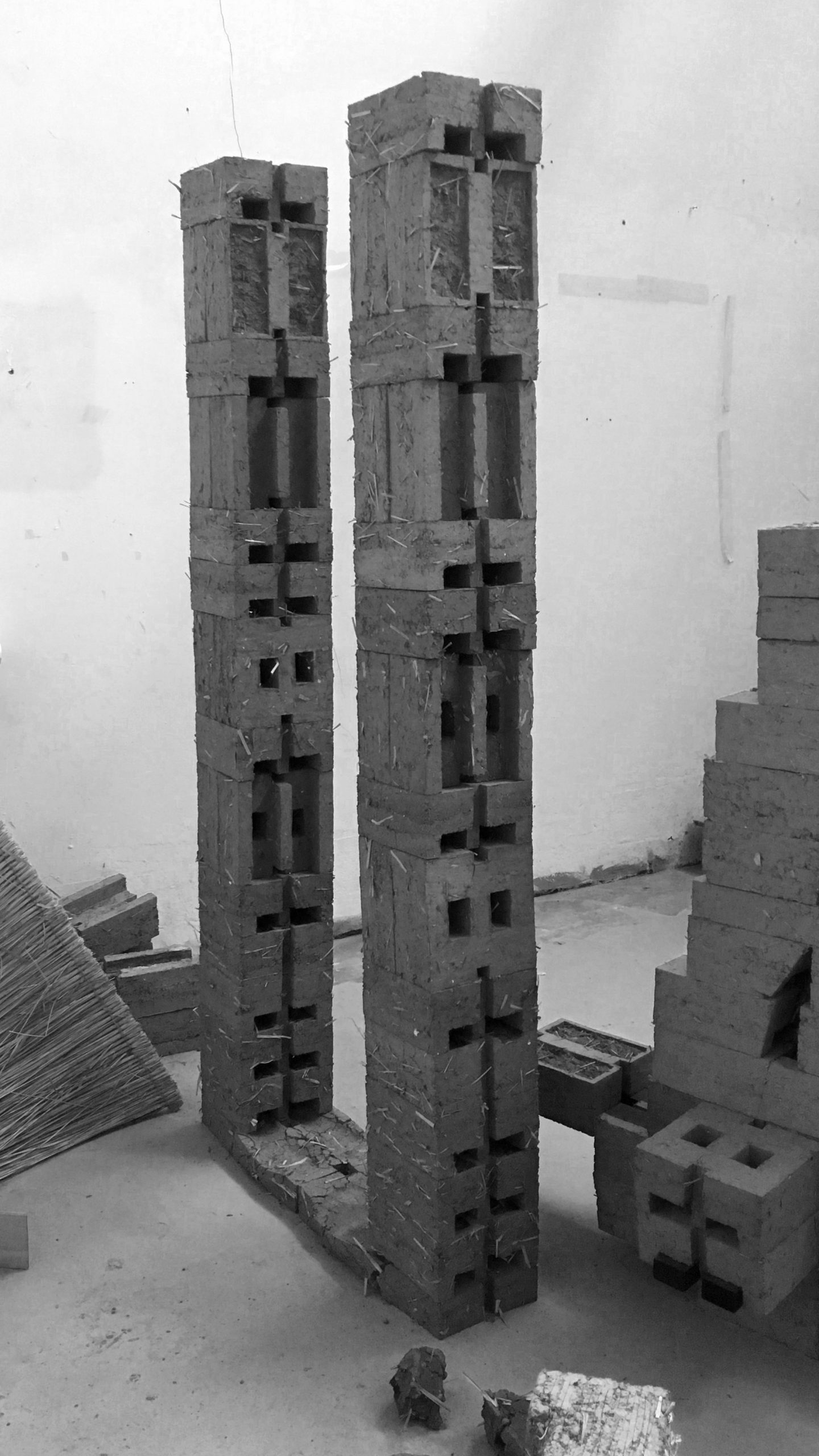WORKS
The Topology of the Structure of Ghosts No.2, 2018 soil, weathered stone powder, acrylic paint 13×10.5×7.5cm
#01
兔罝 , 2018
Trapper
soil, thatch, wood, weathered stone powder, WaHui, prepared Chinese ink, acrylic paint, pollen
70×120×110cm
#02
野有蔓草零露漙兮有美一人清揚婉兮 , 2020
Afield the Creeping Grass, With Crystal Dew Overspread, There is One Who Delicate and Pretty
soil, weathered rock powder, thatch, stone, moss
Use local soil, stone and moss to sculpt and replace
Dali, China
#03
紛緼宜修 , 2020
The Appearance and Height of the Lush Plants Match Beautifully Chongqing, China
soil, thatch, chaff
47×40×176cm
#04
鴥彼晨風鬱彼北林 , 2020
Swoop Flies that Falcon, Dense that Northern Wood soil, weathered rock powder, thatch, moss
Use local soil and moss to sculpt and replace Chongqing, China
#05
我行其野 , 2021
I’m Walking in the Field
soil, thatch
Use local soil to sculpt and replace Dali, China
#06
Stars, Present, Traveler , 2021
soil, weathered rock powder, thatch Chongqing, China
60×50×50cm
#07
野艸集 其三 , 2022
Grass No.3
prepared Chinese ink rubbing plants on Nepalese paper 152×204cm
#08
3648 Times to Touch, 2022
Finger prepared Chinese ink on Nepalese paper 76×102cm
#09
7296 Times to Touch, 2022
Finger prepared Chinese ink on Nepalese paper 76×204cm
#10
溯洄從之 , 2022 Upstream I Go Iris print 29.2×52cm
#11
1120 Conversations I Had with Moss and a Rcck , 2023
moss, stone, soil, weathered rock powder, thatch, sunlight, the shadow of bamboo Use local soil to sculpt and replace. The position of the stone and moss remained unchanged from beginning to end.
Dali, China
60×60×15cm
#12
Conversations with Moss and a Rock.
Xiguan Lei’s Artistic Practice.
Text. Dr. phil. Lily Fürstenow
In his artistic practice rooted in human interventions into nature, the creator Xiguan Lei becomes a subtle orchestrator, leaving vanishing trails and marks that seamlessly blend with the natural landscape yet bear the unmistakable imprint of human hands. Reminiscent of land art pioneers like Richard Long or Robert Smithson, the artist engages in a poetic dialogue with the environment, crafting ephemeral installations that challenge the boundaries between the natural and the man-made.
Similar to the meticulous interventions of artists such as Andy Goldsworthy, whose works embrace impermanence, these interventions leave a trace—a transient dance between the artist’s intention and nature’s capricious forces. Delicate trails and marks, seemingly intrinsic to the terrain, evoke a sense of harmony and symbiosis, underscoring the interconnectedness between human creativity and the organic world.
The archival and diary character of this practice is as vital as the interventions themselves. Through meticulous documentation of his actions, as well as leaves and plant images within a cycle giving each image a certain number, the artist captures the evolution of these temporal dialogues, creating a visual chronicle that mirrors the cyclical rhythms of nature. The archive becomes a testament to the impermanence inherent in both the artistic process and the landscapes that inspire it, offering viewers a poignant reflection on the transient nature of existence and creativity. In keeping with the Chinese tradition of meticulous documentation, the archival aspect of this practice mirrors the meticulous record-keeping found in Chinese painting and calligraphy. Each intervention becomes a visual diary entry, capturing not only the physical manifestation of the artist’s engagement with nature but also the emotional and philosophical layers embedded in the work—a contemporary echo of the tradition of Chinese literati who documented their musings alongside their artistic endeavours.
The artist’s naked body, inscribed into images of nature in this practice, becomes a visceral and intimate conduit for human connection with the environment. Stripped of societal constructs, the naked body serves as a raw, vulnerable expression of the human experience within the natural world. Its presence introduces an element of authenticity and immediacy, forging a direct and unfiltered relationship between the artist and the landscape.
Xiguan Lei’s artistic practice holds a significant role within the contemporary environmental discourse framed by the Anthropocene. As we grapple with the profound impact of human activities on the planet, his installations and sculptures serve as poignant reflections and catalysts for conversations surrounding humanity’s relationship with the environment in this epoch. The ephemeral nature of his works mirrors the transience inherent in the Anthropocene era. The marks left by the artist’s body and other interventions evoke the impermanence of our impact on the environment, fostering a contemplation of the evolving and often precarious balance between human activity and the natural world.
In inscribing the naked body within natural environments, these artworks explore themes of identity and belonging. They prompt viewers to reconsider the boundaries between the human self and the world, challenging traditional dichotomies and encouraging a more fluid and integrated understanding of humanity’s place within the intricate web of nature. The incorporation of allusions to Chinese art or other cultural traditions adds a cross-cultural layer to the discourse. It underscores the universality of environmental concerns and fosters a global perspective on the shared responsibility for the future of our planet.
Although Xi’s works are far from being overtly political or didactic they function in a poetic way as metaphors and forms of environmental activism, using the visual language of art to communicate complex ecological issues. By provoking thought and emotional engagement, these interventions contribute to a broader public dialogue about the Anthropocene, raising awareness about environmental challenges and the urgent need for sustainable practices.
ABOUT
Xiguan Lei, artist. Born in Dali, China in 1994. He now lives and works in Chongqing and Dali
